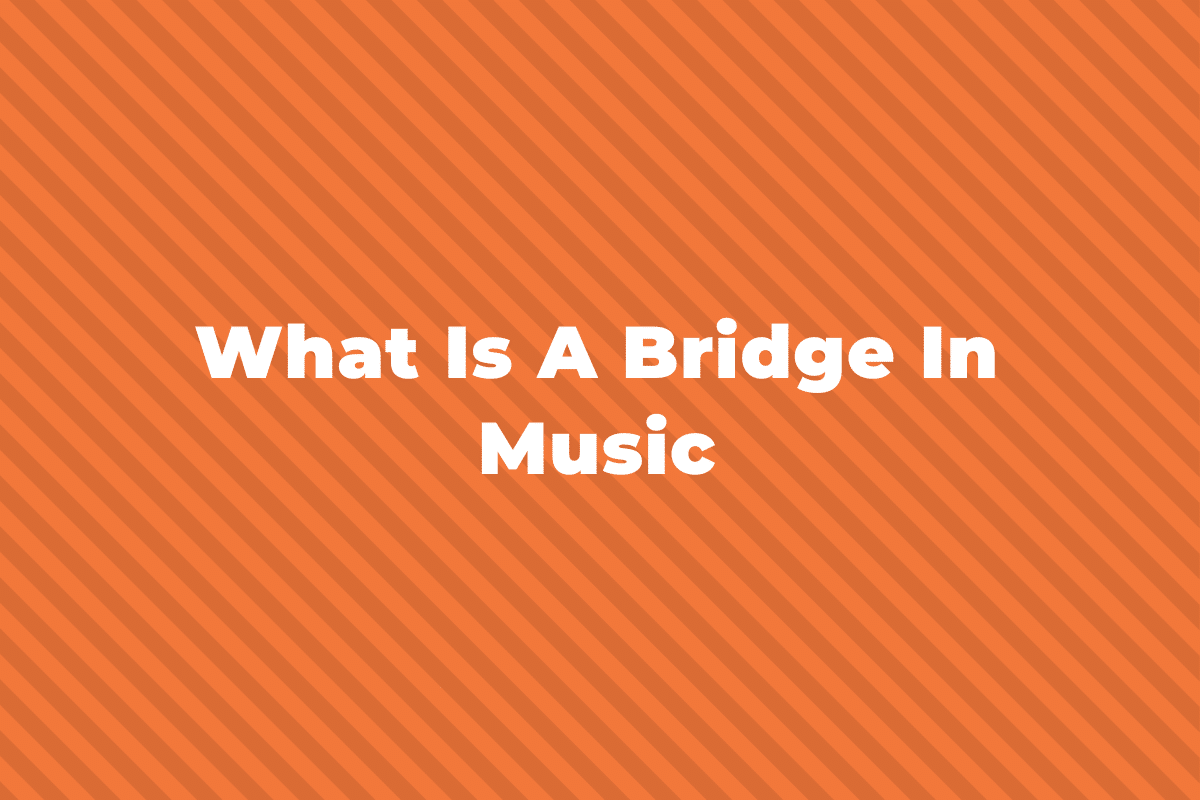If you ask someone to explain what music is, it’s actually quite hard to describe. There are so many things that make up a piece of music, from the notes played to how it’s orchestrated.
But despite the complexities of music, there are some basic elements that all compositions have in common. Whether you’re a beginner or an experienced musician, understanding these basics can help you better appreciate and create music.
In this post, we’re going to look at the ten basic elements of music. Let’s get started.
Rhythm

The first and arguably the most important element of music is rhythm. To define it as simply as possible, rhythm is the word we use to describe when a sound should be played and how long it should last. It’s the basic building block of all music.
Rhythm is what makes you want to tap your foot or dance along to a piece of music. It’s the underlying pulse that drives a song forward. All music, no matter what style, has some kind of rhythm.
The easiest way to understand rhythm is to think about a heartbeat. The heart pumps blood through the body in a steady rhythm. It’s not a coincidence that we describe music as having a pulse the same way that we do with someone’s heartbeat.
For more, read our Guide to Rhythm in Music here.
Pitch

When we talk about Pitch in music, we are referring to the highness or lowness of a sound.
A sound could be high-pitched, like a female opera singer belting out her last note of a song, or it could be low-pitched, like thunder rumbling in the distance.
Pitch is all to do with what is actually happening when you play a note on an instrument.
For example, if you play a note on a piano, it creates sound waves that cause the air to vibrate, which is known as frequency. If those waves vibrate very quickly, then it produces a high-pitched sound, and if they vibrate slowly, it produces a low-pitched sound.
To learn more, check out our Guide to Pitch in Music here.
Melody

The next element of music is Melody. Melody is which is a sequence of notes that create a recognizable tune. This sequence of notes is usually repeated throughout the course of a piece of music or song.
The melody is another important element in a song, and it is often what people remember long after the music is over.
A good melody is easy to sing or hum, and it stays in your head for days. A great melody will make you feel something – happiness, sadness, nostalgia, etc. The best melodies are often simple, with just a few notes with a catchy rhythm that is easy to remember.
Some of the most popular melodies in history are very simple, such as “Twinkle Twinkle Little Star” and “Happy Birthday.” These songs are so catchy because they have strong melodies that are easy to sing along to.
For more, check out our Guide to Melody in Music here.
Harmony
After melody, we have to talk about Harmony, which is when two or more notes are played at the same time.
Harmony is what makes music sound full and complete. It’s created when multiple instruments play different notes together. Harmony adds depth and context to a melody and can even completely change the mood of a song.
This video from Jacob Collier explaining harmony in 5 different levels is worth a watch.
Another way we describe harmony is as Consonance and dissonance. Consonance is when two notes sound good together, while dissonance is when two notes clash.
Dissonance is often used in music to create tension, while consonance is used to create a sense of resolution.
To learn more, check out our Guide To Harmony in Music here.
Texture
Now that we’ve covered harmony, it’s time to look at Texture. Just like physical things – food, clothing, toys, buildings, etc. – have texture, so does music, although, because you can’t physically touch music, musical texture is characterized by sound instead.
There are lots of ways to describe musical texture. Thick, thin, open, closed, wide, spacious, and tight are all adjectives that can be used to describe texture.
Another common way to describe texture is by using the terms monophonic, homophonic, and polyphonic.
Monophonic, meaning one sound, is the simplest and consists of one melody, or tune, played or sung by a single person or instrument.
Then you have Homophonic, which means the same sound and is the most common type of texture in Western music, and it covers the vast majority of pop songs, where a singer sings a melody over a guitar or piano as accompaniment.
Finally, you have polyphonic texture, which means many sounds. This is when there are two or more independent melody lines being played or sung at the same time. An example of this would be a round, like “Row, Row, Row Your Boat,” where each person starts singing the melody at a different time so that the parts overlap.
To learn more, check out our Guide To Texture in Music here.
Timbre
Timbre, also known as tone color or tone quality, is the unique sound of a musical instrument or voice. It is what allows us to distinguish between a trumpet and a flute, for example.
Each instrument has its own timbre, which is created by the combination of its pitch, loudness, and sound quality. The timbre of an instrument can be affected by its size, shape, and material. For example, a flute made of metal will have a different timbre than one made of wood.
The human voice also has a unique timbre. No two people have exactly the same voice, which is why we can recognize people by their voices. Timbre is what makes a singer’s voice unique and identifiable.
To learn more, check out our Guide To Timbre in Music here.
Dynamics

Another very important element of music is Dynamics. Dynamics refer to how loudly or softly a piece of music is played. Words such as “piano” (soft) and “forte” (loud) are an indication of dynamics.
You can also have changing dynamics, such as a crescendo (a gradual increase in volume) or decrescendo (a gradual decrease in volume).
Dynamics are an important way to add interest and variety to a piece of music, and they can also be used to create a certain mood or feeling.
Changes in dynamics can add Interest and keep listeners engaged with a performance. It can also be used to convey different emotions. For example, playing loudly may convey excitement or anger, while playing softly may convey sadness or tranquility.
Check out our Guide to Dynamics in Music here.
Tempo
The Tempo of a piece of music is the speed at which it is played. The tempo can be fast, slow, or anywhere in between.
It is usually indicated by a metronome marking, such as 60 beats per minute (bpm), or by using Italian musical terms like allegro (fast) or adagio (slow).
Like the other elements of music, the tempo of a piece can have a big impact on how it sounds. A fast tempo may convey a sense of urgency, while a slow tempo might create a sense of calm.
Changes in tempo can also add interest and variety to a piece of music. A sudden change from a fast tempo to a slow tempo (or vice versa) can be very effective.
Form
Next, we have Form, which is the word we use to describe the structure of a piece of music. It refers to how the piece is organized and can be thought of as the “shape” of the music.
Form is usually indicated by using letters such as A-A-B-A or A-B-A-C.
The most common form in popular music is Verse-Chorus-Verse, which you will often see indicated as A-B-A. In this form, the Verse is repeated once, followed by the Chorus, and then the Verse is repeated again.
There are many other possible forms, such as Rondo form (A-B-A-C-A) or Sonata form (A-B-A-C).
Form is important because it gives the music a sense of coherence and helps the listener follow along. It also allows the composer to repeat certain sections that are particularly effective or memorable.
Conclusion
As you can see, music isn’t just sound. It’s made up of many different elements that work together to create a piece of art. By understanding these elements, you can get a better appreciation for the music you listen to.
Next time you listen to a piece of music, see if you can identify the different elements we’ve discussed. It will help you understand and enjoy the music even more!



